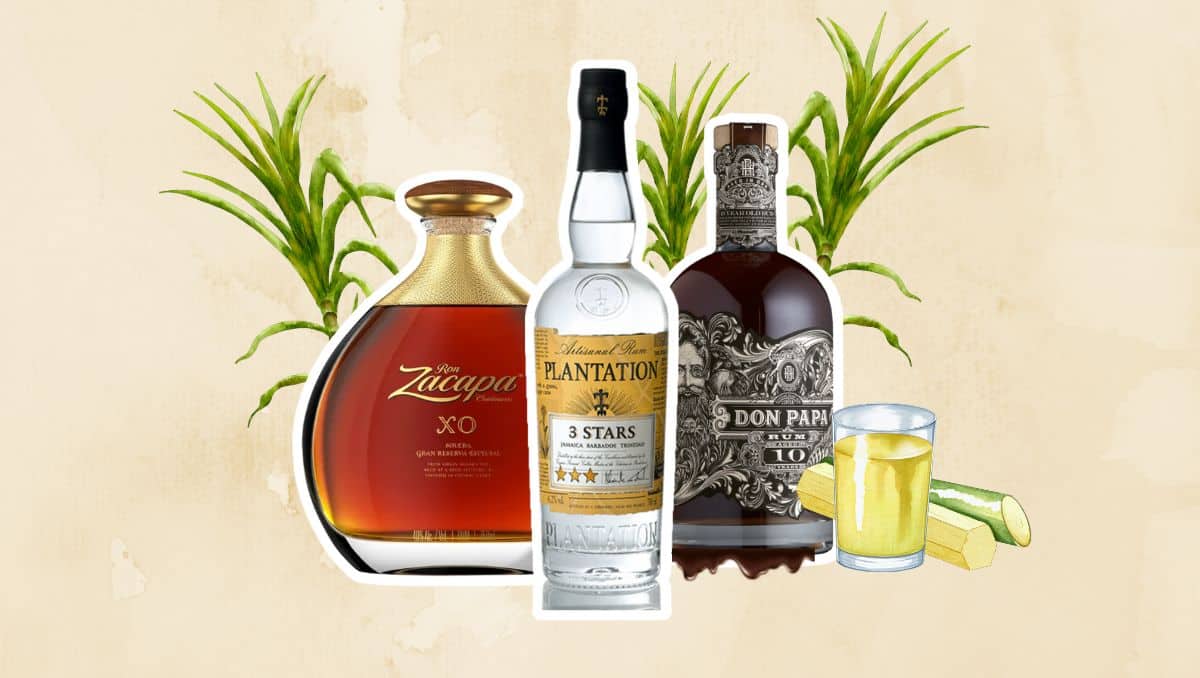Whereas most spirits follow strict and precise regulations and controls, rum is like the Wild West in terms of classifications. Due to the lack of clear guidelines, it is classified by production type (rum or rhum), origin (Jamaican, Cuban, Puerto Rican, etc.), color (white, gold, dark, black), and alcohol content (regular, navy strength, overproof). But that's not all, closely related spirits such as aguardiente or cachaça are often also included.
In this article, we try to bring you closer to the different types of rum and explain what makes them unique. To better understand what rum is, we start with a short introduction to the famous sugar cane spirit and look at how to produce rum.
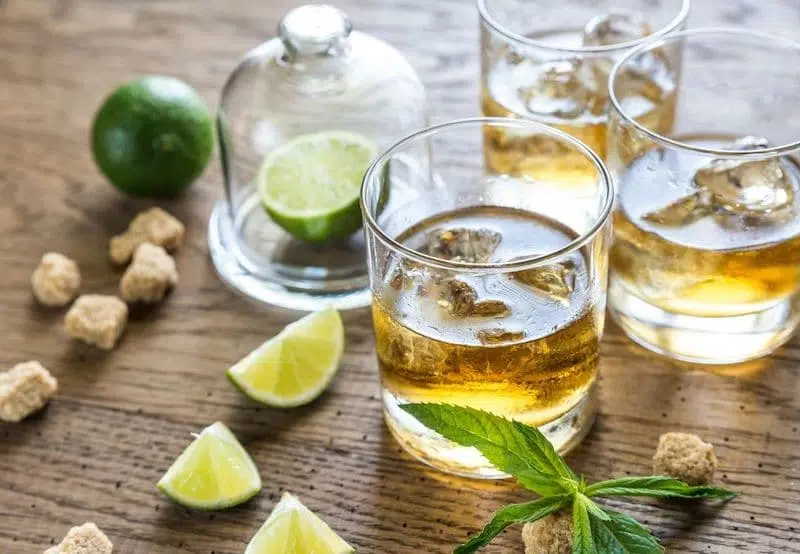
Quick Rum Primer
Rum is a distilled spirit of at least 40% ABV, made from a sugar base. Typically, the sugar base is either fermented sugar cane juice, sugar syrup, or molasses. Hence, it usually is produced in countries known for growing an abundance of sugar cane.
That's why rum is primarily produced in Latin America and Caribbean islands like Jamaica, Puerto Rico, Cuba, Barbados, and the Dominican Republic.
When aging in oak barrels, rum develops a richer and more complex flavor profile. Unaged or shortly-aged rum is often called white rum due to its transparent appearance. Rum that ages for an extended time has a darker color and richer flavor. This type is consequently called dark rum.
White rum is the most common type available and ages up to 1 year in stainless steel tanks or wooden barrels. Its taste is light, crisp, and vibrant, making it a perfect ingredient in refreshing rum cocktails like the Mojito and Daiquiri.
The term "dark rum" is a bit more complicated as it unites all rum that are not clear and see-through. It can be a rich and aged rum but also a shortly-aged golden version, or -worst case- colored with caramel coloring to imitate barrel-aging.
In general, though, dark rum tastes more complex and aromatic. This more intense flavor makes dark rum an excellent base in bolder cocktails like the Hurricane. It also adds an accent when used as a float on top of drinks like a Mai Tai or Piña Colada.
The Different Types of Rum
White Rum
White rum has a bright and crisp taste and is commonly used in bright and refreshing rum drinks and cocktails. It is usually less aromatic and less sweet than dark rum.
Like most rums, it's aged -even though only shortly- and contains at least 40% ABV. The majority of white rum ages for only one year in stainless steel tanks, but some products mature in barrels, too.
To remove the amber shade the spirit adapts from aging in wooden barrels, they get filtered before bottling. The limited aging time makes white rum more affordable than darker, aged rum.
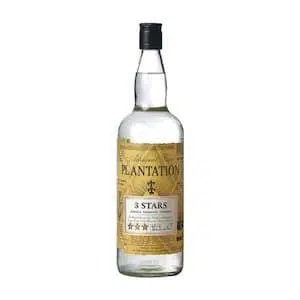
- Aged: up to 1 year
- Best for: Bright rum cocktails like Mojito, Daiquiri, and Mai Tai
- Recommendations: Plantation 3 Stars white rum
Gold Rum
Gold rum bears its name due to its shimmering golden color. This may come from aging in oak barrels but also comes partly from the addition of caramel. That makes the rum darker and sweeter, but the taste is not comparable to aged rum.
Artificial coloring is the biggest problem with this rum type and one of the reasons why many bartenders tend to not use the term "gold rum".
In case gold rum ages in barrels, the flavor is more complex than white rum. Therefore, it's excellent in cocktails that need a bolder rum taste. Plus, you can also sip a great gold rum neat or on the rocks. I would not recommend that with artificially colored ones.
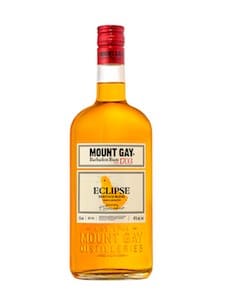
- Aged: 0-2 years
- Best for: Rum-forward drinks like Rum Sour, Rum punch, or Zombie,
- Recommendations: Mount Gay Eclipse gold or Havana Club Añejo Especial
Dark Rum
Dark rum is a generic term referring to all rum that is not white. You can find all kinds of rum labeled as "dark" - from a golden color to almost black.
In most cases, though, dark rum is aged longer than gold rum. That makes them even more flavorful and complex in taste. That's why dark rum is perfect in drinks that require a full-bodied and robust base. It's excellent in island and tiki-style drinks as it brings plenty of flavor to your cocktail with a touch of sweetness.
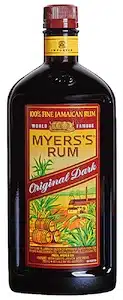
- Aged: 2-5 years
- Best for: Classic Rum & Coke, float of a Mai Tai, or split base in tiki drinks like the Zombie
- Recommendations: Myers’s Original Dark & Gosling's Black Seal rum
Black Rum
Black rum is the darkest and most aromatic rum type. The color is intensely dark, almost black, and the taste is typically rich and sweet. Black rum is aged ut only for a short amount of time. It gets its flavor from the rich molasses base and the addition of sugar and/or caramel.
Most black rum is made from molasses. Molasses is a thick and syrupy liquid - a leftover product when producing crystallized sugar. The color of Molasses is a dark brown, which ultimately also makes the color of the resulting spirit a lot darker.
Molasses is also richer in taste than regular sugar cane juice or syrup. It has a strong taste of caramel. Thus, sometimes burnt caramel is added to black rum to intensify its flavor and color.
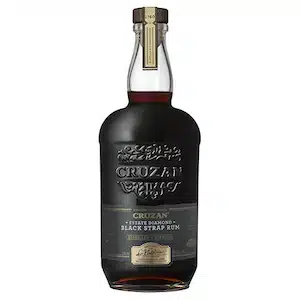
- Aged: 0-2 years
- Best for: Floats on tiki drinks, addition to rum cocktails to intensify flavor
- Recommendations: Gosling's Bermuda black rum & Cruzan black strap rum
(Premium) Aged Rum
Rum matures in oak barrels to create a more mellow taste and a superior flavor profile. Chemical reactions between wood and spirit enhance, improve, and intensify existing flavors.
Premium-aged rum is the finest rum you can get. It often ages for many years and is sometimes blended to achieve the perfect balance of taste.
As barrel-aging for an extended period of time results in higher costs for storage and a long wait before earning money with the product, this rum is also the most expensive category.
When rum is labeled Premium or Ultra-Premium, the age reference on the bottle indicates the youngest rum in the blend.
So, if blended rum states that it's 19 years old, all rums in the mix have spent at least 19 years in a barrel. Most often, some of the rum in the blend is way older than the label states.
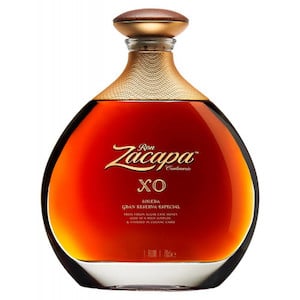
- Aged: 5-35 years
- Best for: Drinking neat, on the rocks, or in a Rum Old Fashioned
- Recommendations: Ron Zacapa XO, Plantation XO 20th anniversary, Don Papa Rum 10 years
Rhum Agricole
Rhum Agricole is a type of rum typically produced in the French parts of the Caribbean. The most renowned region for producing Rhum Agricole is Martinique, followed by Guadeloupe, St. Barths, Reunion Island, and Mauritius.
The key difference between Rhum and Rum is the way they're produced. Rhum Agricole is made from fermented sugar cane juice, distilled to contain 70 percent alcohol. Most other rum, especially the Molasses-based ones, contain way more alcohol at this point.
This relatively low amount of alcohol ensures that the rhum keeps as much flavor of the original sugar cane juice as possible, resulting in a more grassy and earthy taste.
Rhum Agricole is typically available as Rhum Blanc, a light Rhum aged six months before bottling, and Rhum Vieux (old/aged rum), a Rhum that aged for at least three years in wooden barrels.
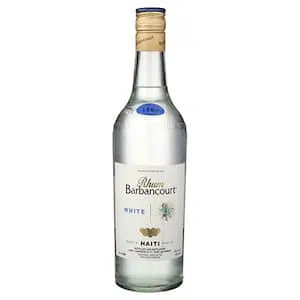
- Aged: 3 months - 4 years
- Best for: Neat, in Rhum cocktails like Ti' Punch, or as a substitute for rum in classic rum cocktails
- Recommendations: Clément Blanc Rhum, Neisson Rhum Agricole blanc, Rhum Barbancourt Réserve Spécial
Cachaça
Today, Cachaça is seen as a separate category of spirits. But because the Brazilian sugar cane spirit is the origin of all Caribbean rum, it belongs on this list. Cachaça is typically only aged for a few months before bottling. It's a clear spirit with a bold flavor profile.
It is best known for its use in Caipirinhas, Brazil's national cocktail. But Brazilians often use it as a replacement for white rum due to the similar flavor profile.
There are also some rare barrel-aged versions sold as Cachaça Artisanal. These small-batch Cachaças are distilled in pot stills to retain as much character in the spirit as possible. After distillation, the age of the artisanal spirit ages in wooden barrels to develop a richer and more complex flavor.
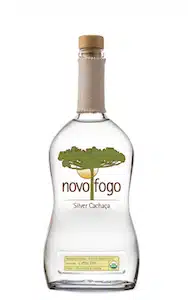
- Aged: Few months (unaged) - 15 years (aged)
- Best for: Caipirinha, neat (only aged cachaça)
- Recommendations: Novo Fogo silver cachaça, Espirito XVI Dorado, Avuá amburana
As the name suggests, Navy rum had once been the usual serving in the British Navy. Over time, the term got associated with full-bodied and dark rum that contains slightly more alcohol than other rum.
Navy-strength rum usually contains 54-57 percent of alcohol. It's a fantastic ingredient in many rum cocktails, especially in Tiki drinks.
The reason rum was so popular with the British Navy is that it travels a lot better on ships than other spirits like wine or Brandy.
Later on, the combination of Navy rum and lime juice turned into one of the most popular rum cocktails, the Grog.

- Aged: 2 - 5 years
- Best for: In strong cocktails like Grog, Painkiller, or Rum Punch
- Recommendations: Pusser's Rum Gunpowder Proof, Skipper Demerara Rum, and Smith & Cross Navy Strength Rum
Spiced Rum
Spiced rum is exactly what its name implies - A rum flavored with an array of spices to make it more flavorful. This category of rum is typically only aged for a comparably short time as it gets most of its flavors from the addition of spices and sweeteners.
Many cocktail recipes ask for spiced rum as this specific rum category features a broader flavor spectrum. -Every version uses another set of spices. The spices used to flavor this sub-type of rum are fruits, seeds, herbs, roots, rinds, and flowers. These aromatic ingredients infuse the rum and make the flavor profile a lot more complex.
The most common flavoring ingredients are ginger, vanilla, allspice, cinnamon, cassia, and cloves. But the possibilities are endless, from citrus fruits to mind, cherry, tropical fruits to coconut, and the list goes on.

- Aged: 1 - 2 years
- Best for: Hot buttered rum & Dark n Stormy
- Recommendations: Sailor Jerry Spiced Rum & Chairman's Reserve Spiced Rum
Overproof Rum
Usually, rum contains between 40 and 50 percent of alcohol. Everything above 50% is labeled overproof rum. Remember, Navy rum is usually overproof.
One prime example of overproof rum with a significantly higher ABV is the 151 Rum. This rum is famous for its 151 proof, a whopping 75,5% alcohol by volume.
And that's not the end. Some bottles contain more than 80 percent alcohol. For example, Sunset Very Strong Rum from St. Vincent has 84.5% ABV (169 proofs).
But as US regulations prevent importing rum of more than 155 proof, the number of brands producing these extremely potent spirits is limited.
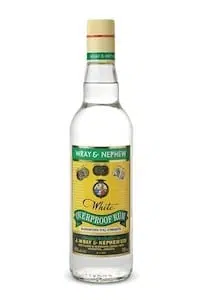
- Aged: 3 - 15 years
- Best for: Strong versions of classic rum cocktails
- Recommendations: Plantation O.F.T.D, J. Wray & Nephew White Overproof Rum, and Smith and Cross Traditional Jamaica Rum
Aguardiente
Aguardiente translates to "fire water" and is distilled from sugar cane. Aguardiente is quite common in Latin America, where it passes as a cheaper alternative to rum.
The flavor of this unaged spirit is quite robust and vegetal. That characteristic makes it a great fit in local cocktail creations, like the Cuban Canchánchara.
Depending on the region, the taste and use of aguardiente differ. In Colombia, for instance, aguardiente is flavored with Anise. On Caribbean islands, it's often mixed in cocktails, whereas in the Andean region, the spirit is traditionally consumed neat.
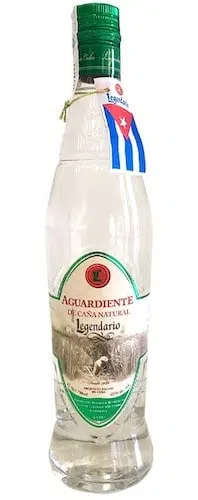
- Aged: -
- Best for: Drinks like Canchánchara & Aguardiente Sour
- Recommendations: Antioqueno Sin Azucar & Chacho Aguardiente En Fuego
The Basic Steps to Make Rum
Producing rum doesn't follow strict guidelines. Producers can choose from a wide range of fermentation techniques, distillation types, blending styles, and ways of aging the spirit. Yet, the standard method of making it is easily explained and most brands follow this process (more or less):
- Fermentation: Like most alcoholic beverages, rum is fermented with the help of yeast. For that, various strains of yeast are added to either sugar cane juice or molasses to start the fermentation process. Depending on the yeast, the ingredients will ferment fast or slower. Also, the resulting taste differs.
- Distillation: The fermented juice or molasses then is heated in either pot stills or column stills. The outcome is a highly alcoholic spirit that is ready for aging.
- (Barrel-) aging: Usually, rum is aged in oak barrels. It could be unused, newly charred once, or ex-Bourbon, Whiskey, or Sherry casks. White rum usually ages for a shorter amount of time in stainless steel tanks.
History of Rum
Rum is one of the oldest spirits in the world. The origins probably date back to the 1300s when "a drink distilled from fermented sugar cane juice" was mentioned in Sanskrit texts. This first version of rum was called Shidhu.
But there are many other mentions of rum-like beverages throughout Asia. A Malay drink called Brum, also made from fermented sugarcane, is already thousands of years old. In Iran, a rum-like drink was served to Marco Polo which he described as "very good sugar cane wine".
As mentioned above, the birthplace of modern-day rum was most likely Brazil. Records of production date back to as early as the 1520s. From there, rum found its way to Barbados and the rest of the Caribbean.

